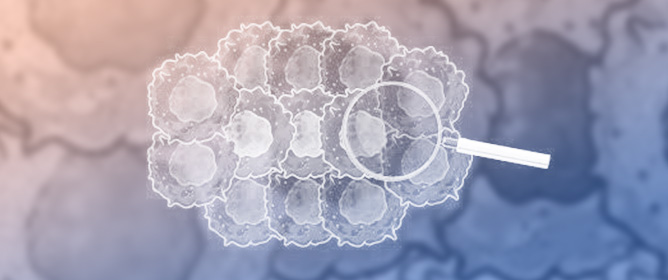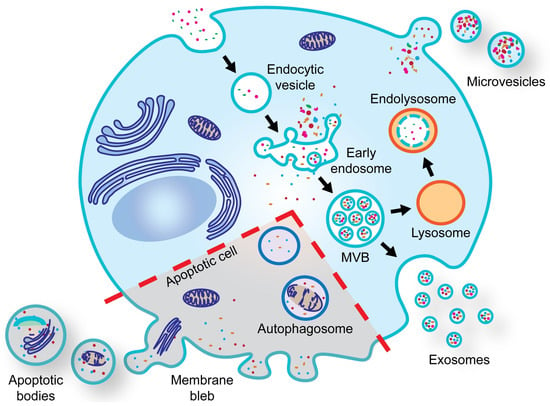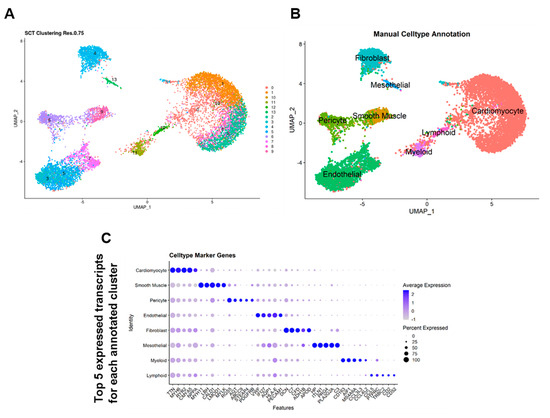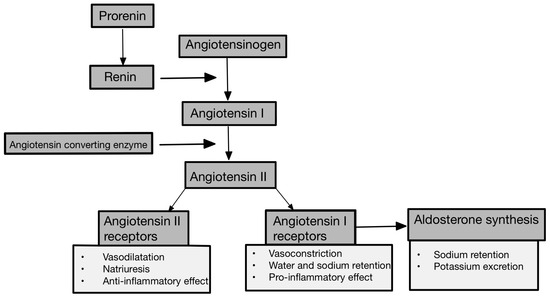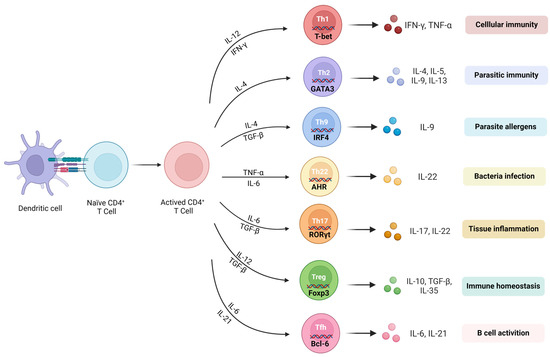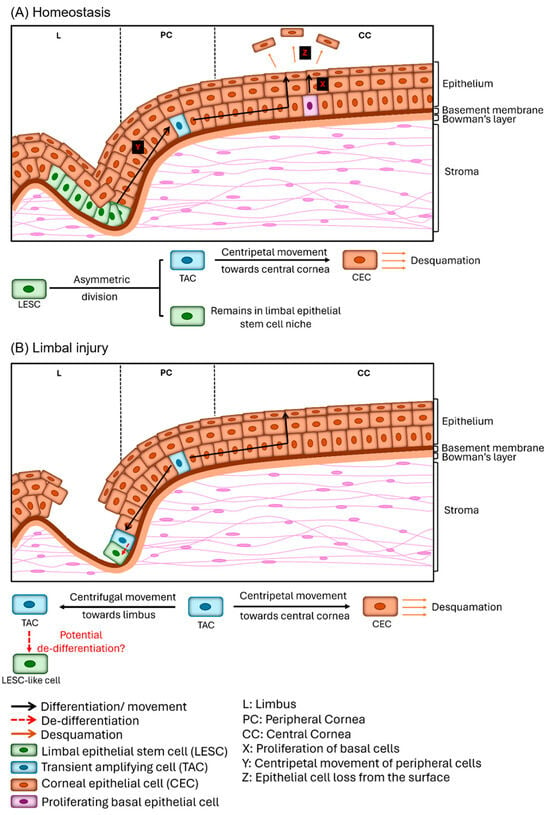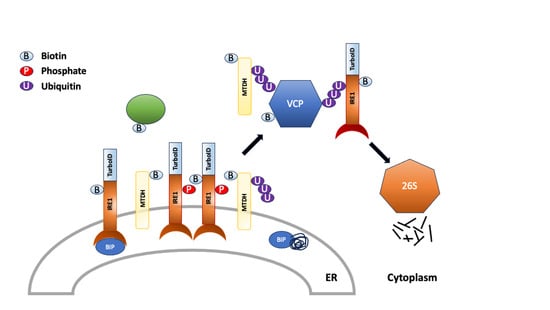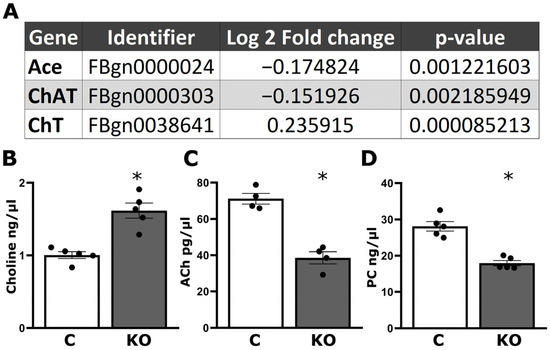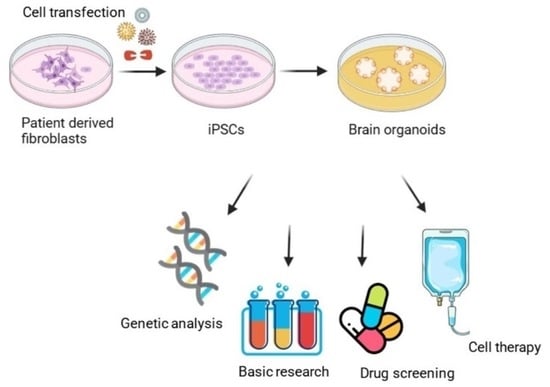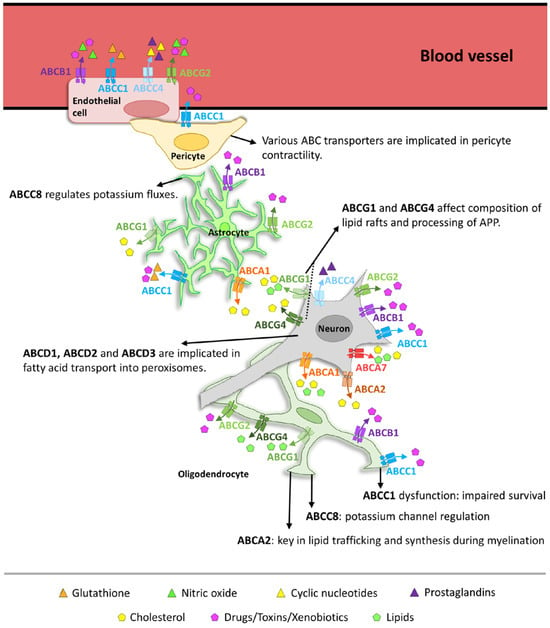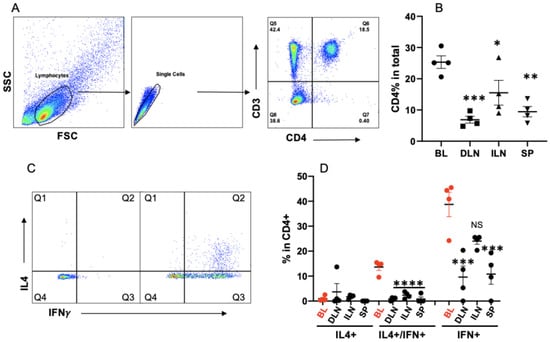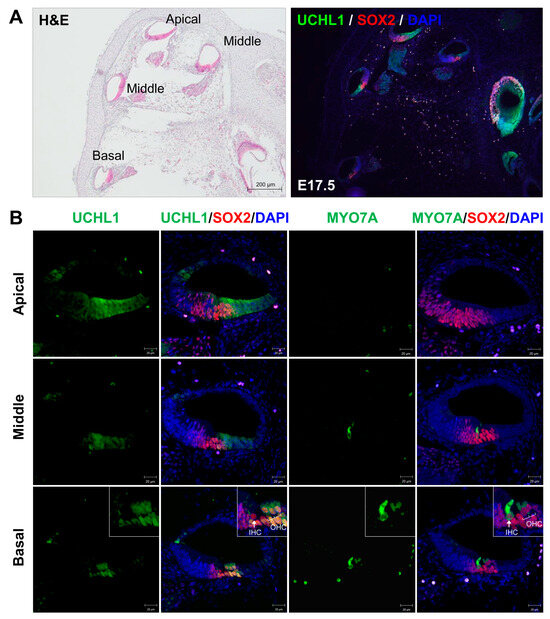Bovine Th2 cells have usually been characterized by IL4 mRNA expression, but it is unclear whether their IL4 protein expression corresponds to transcription. We found that grass-fed healthy beef cattle, which had been regularly exposed to parasites on the grass, had a low
[...] Read more.
Bovine Th2 cells have usually been characterized by IL4 mRNA expression, but it is unclear whether their IL4 protein expression corresponds to transcription. We found that grass-fed healthy beef cattle, which had been regularly exposed to parasites on the grass, had a low frequency of IL4+ Th2 cells during flow cytometry, similar to animals grown in feedlots. To assess the distribution of IL4+ CD4+ T cells across tissues, samples from the blood, spleen, abomasal (draining), and inguinal lymph nodes were examined, which revealed limited IL4 protein detection in the CD4+ T cells across the examined tissues. To determine if bovine CD4+ T cells may develop into Th2 cells, naïve cells were stimulated with anti-bovine CD3 under a Th2 differentiation kit in vitro. The cells produced primarily IFNγ proteins, with only a small fraction (<10%) co-expressing IL4 proteins. Quantitative PCR confirmed elevated IFNγ transcription but no significant change in IL4 transcription. Surprisingly, GATA3, the master regulator of IL4, was highest in naïve CD4+ T cells but was considerably reduced following differentiation. To determine if the differentiated cells were true Th2 cells, an unbiased proteomic assay was carried out. The assay identified 4212 proteins, 422 of which were differently expressed compared to those in naïve cells. Based on these differential proteins, Th2-related upstream components were predicted, including CD3, CD28, IL4, and IL33, demonstrating typical Th2 differentiation. To boost IL4 expression, T cell receptor (TCR) stimulation strength was reduced by lowering anti-CD3 concentrations. Consequently, weak TCR stimulation essentially abolished Th2 expansion and survival. In addition, extra recombinant bovine IL4 (rbIL4) was added during Th2 differentiation, but, despite enhanced expansion, the IL4 level remained unaltered. These findings suggest that, while bovine CD4+ T cells can respond to Th2 differentiation stimuli, the bovine IL4 pathway is not regulated in the same way as in mice and humans. Furthermore,
Ostertagia ostertagi (OO) extract, a gastrointestinal nematode in cattle, inhibited signaling via CD3, CD28, IL4, and TLRs/MYD88, indicating that external pathogens can influence bovine Th2 differentiation. In conclusion, though bovine CD4+ T cells can respond to IL4-driven differentiation, IL4 expression is not a defining feature of differentiated bovine Th2 cells.
Full article





